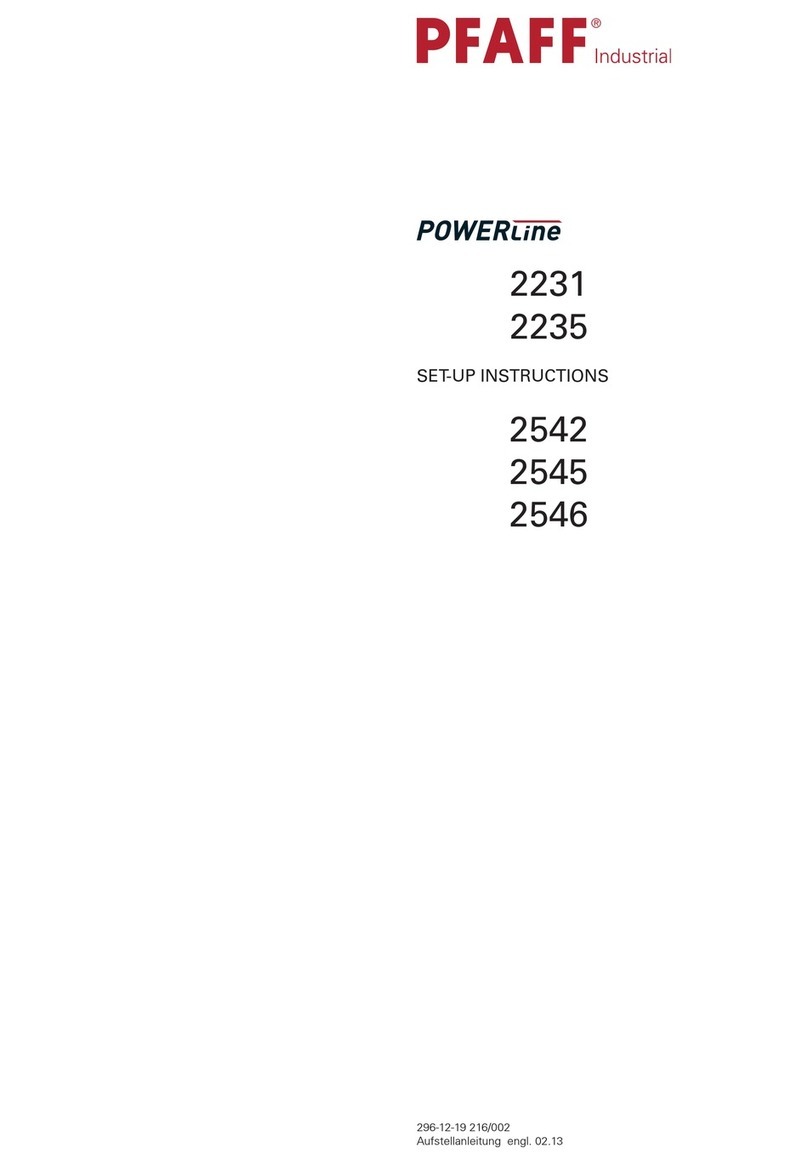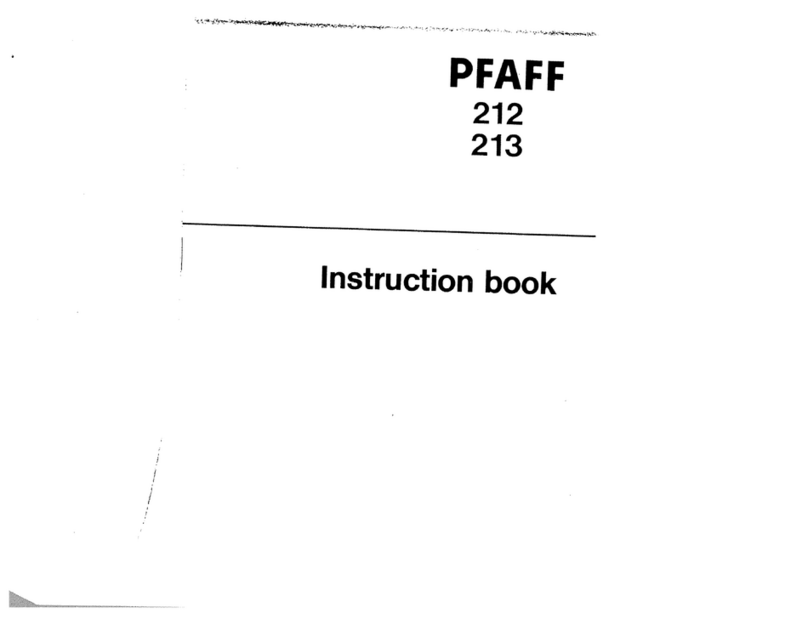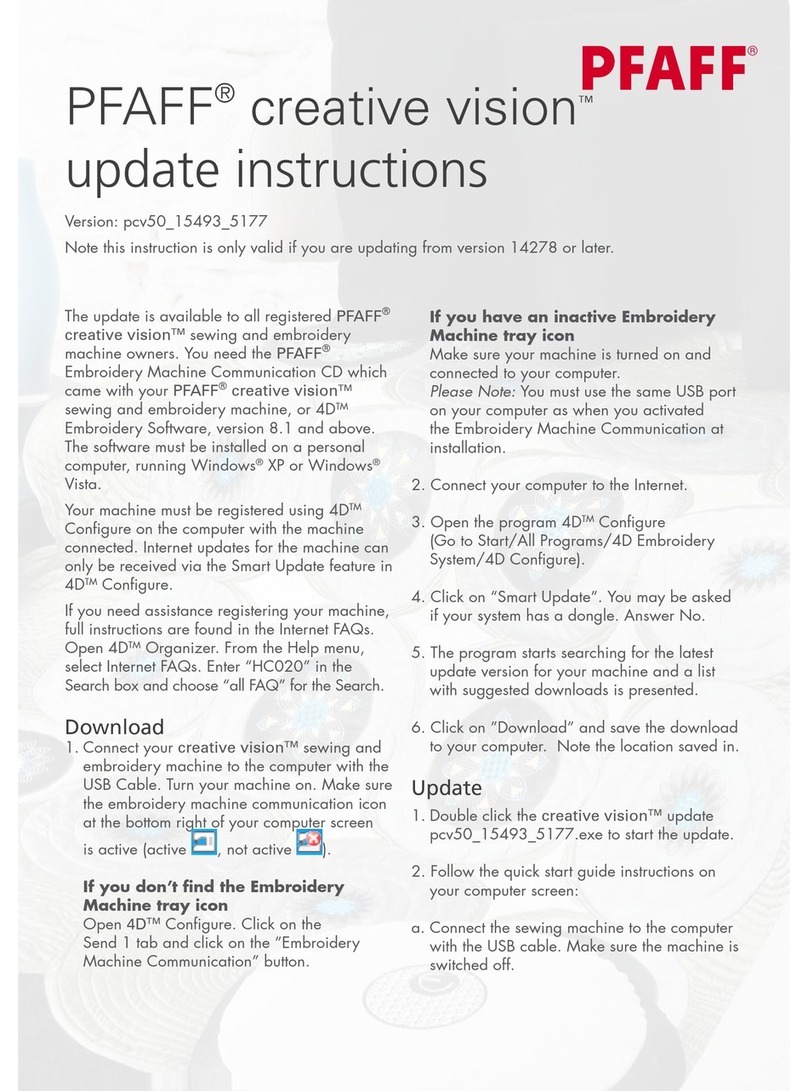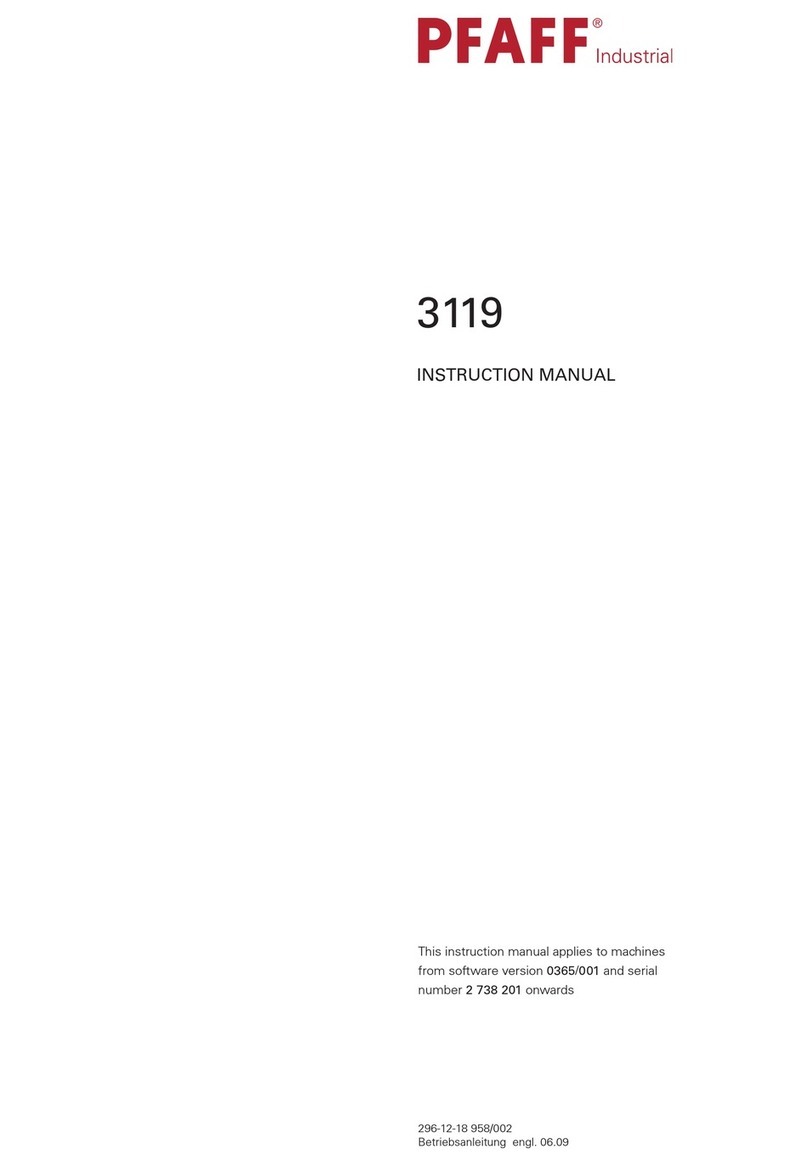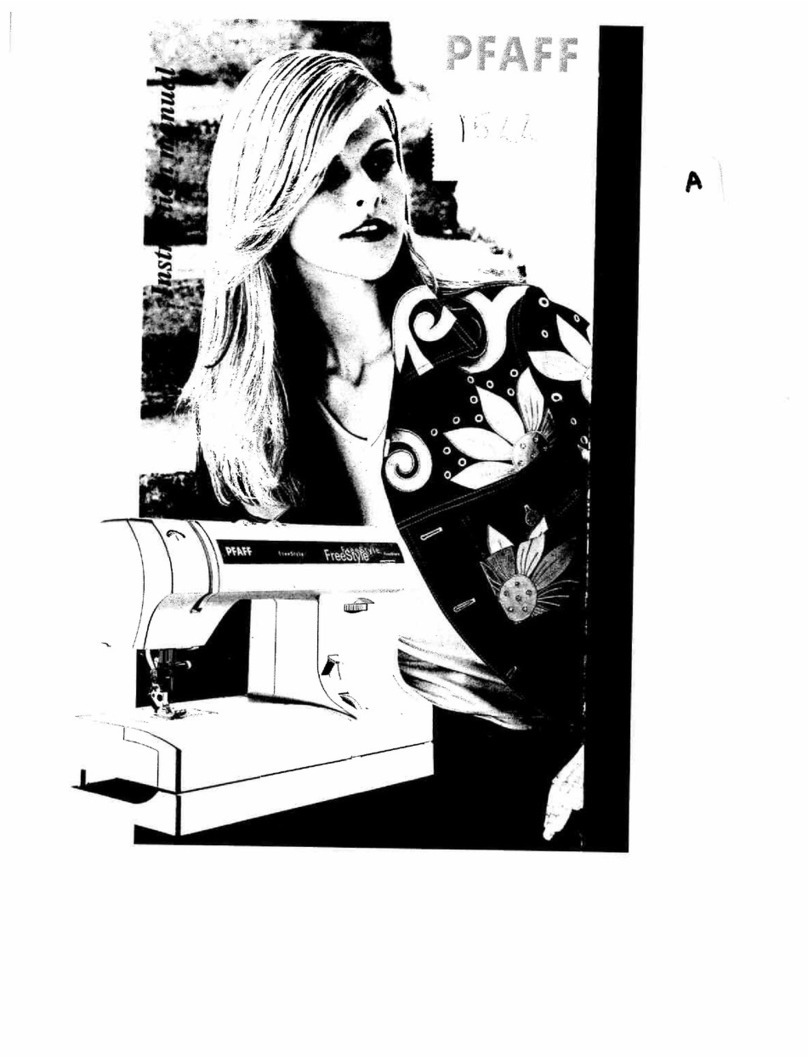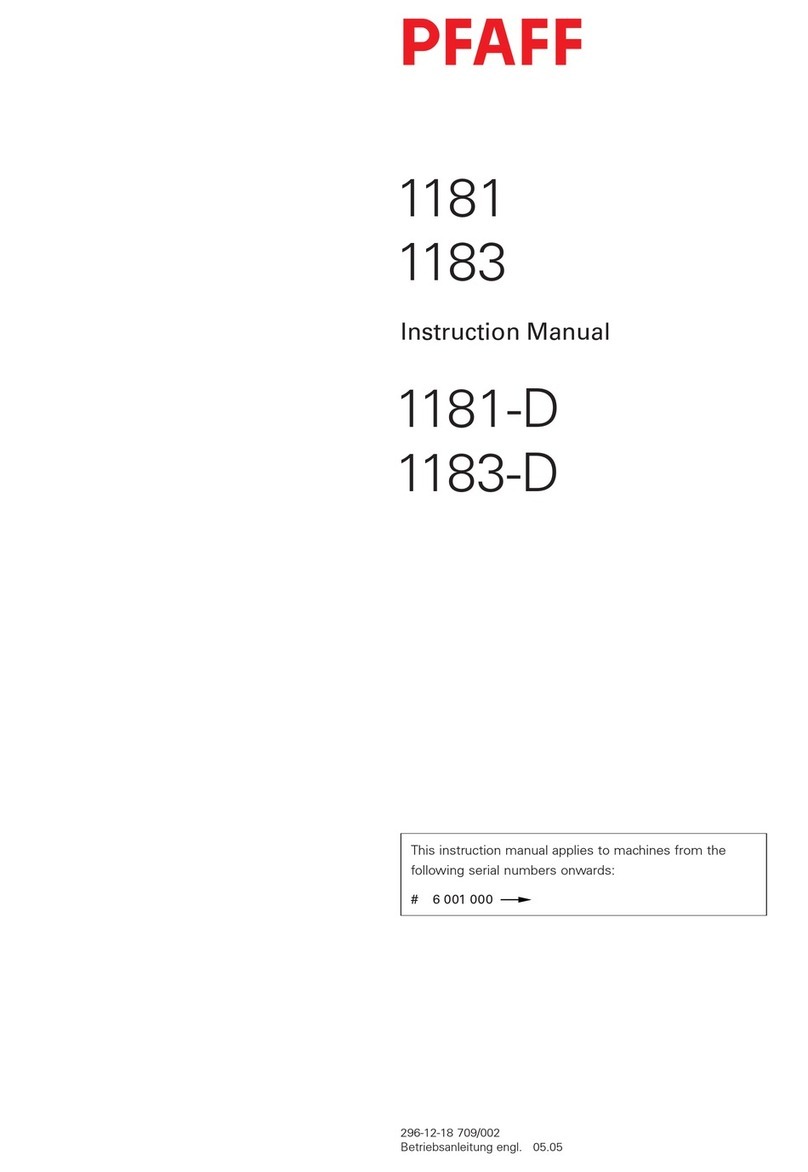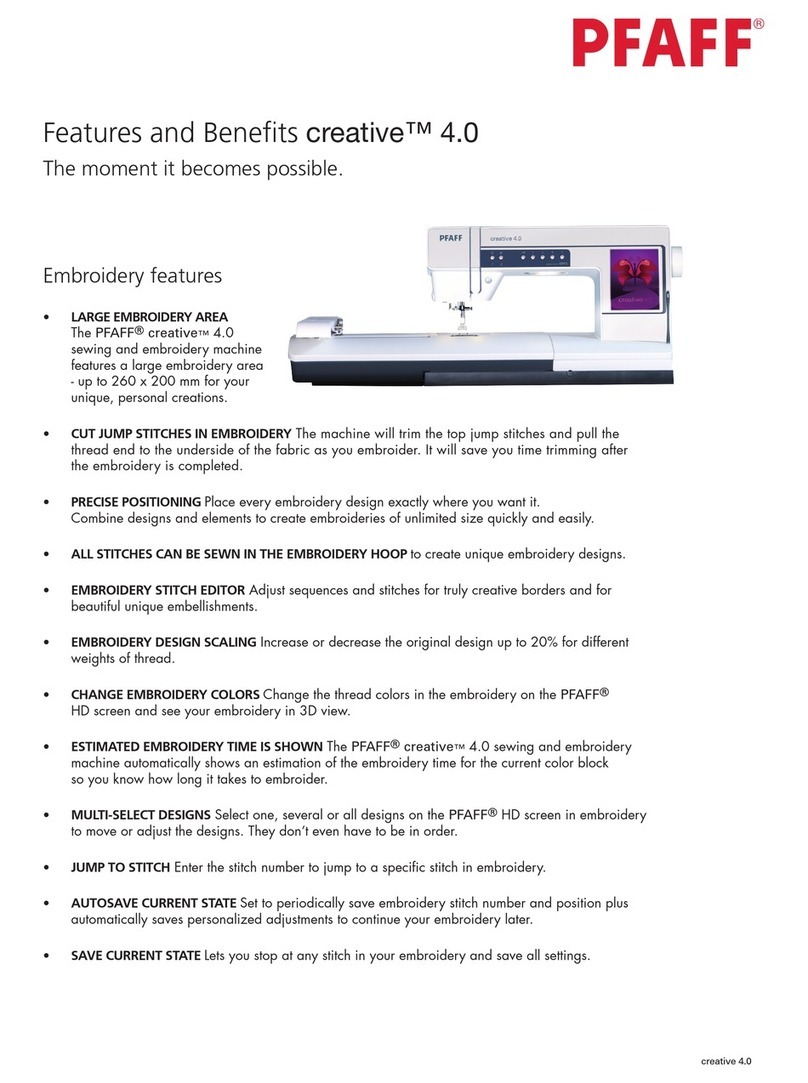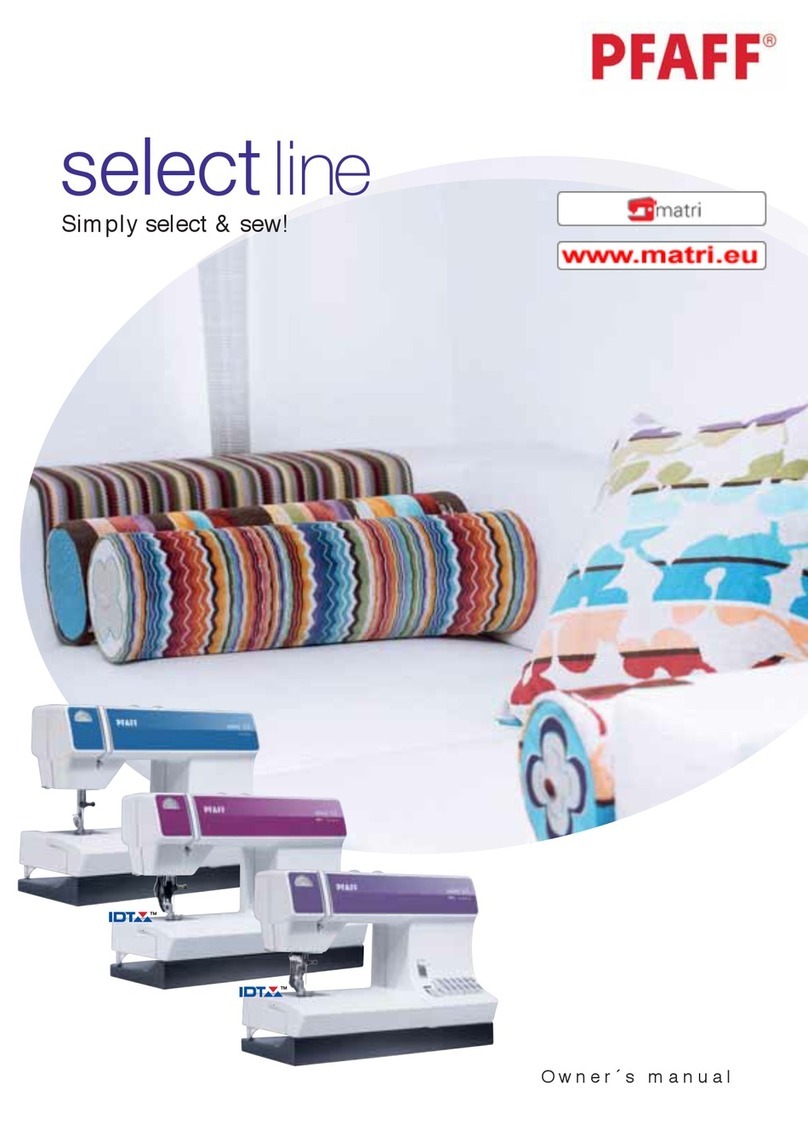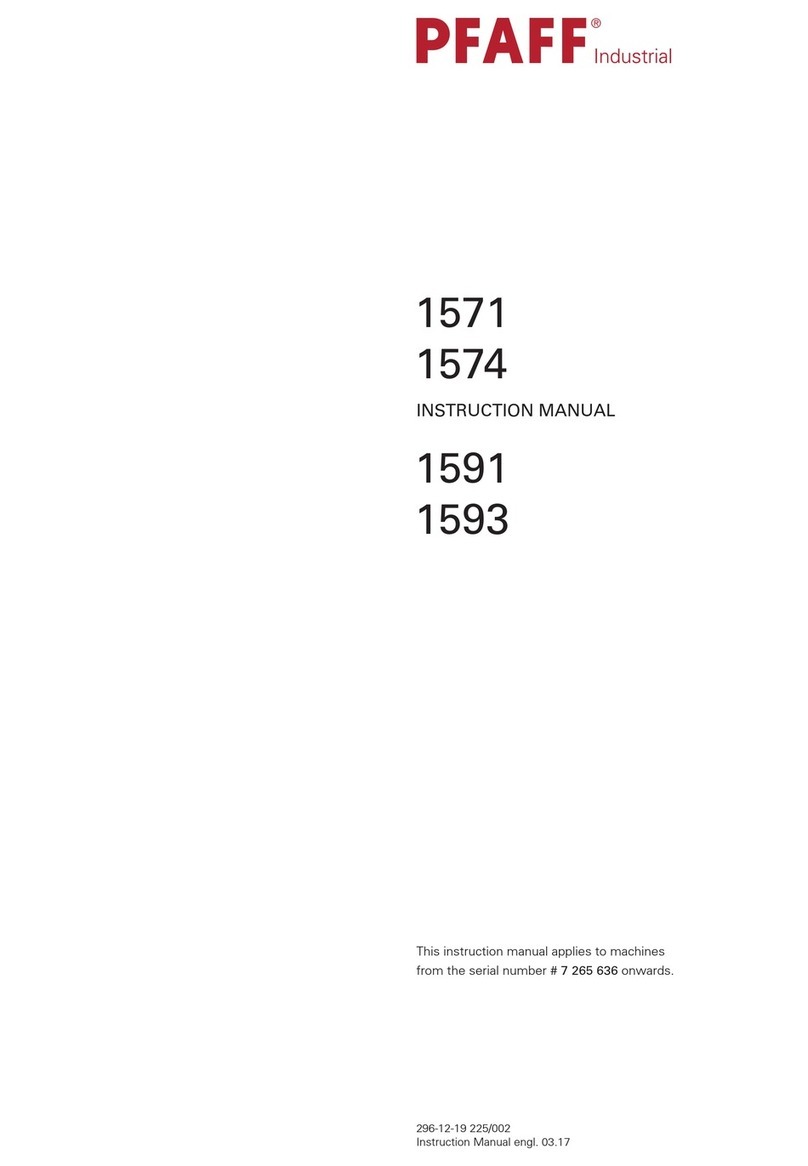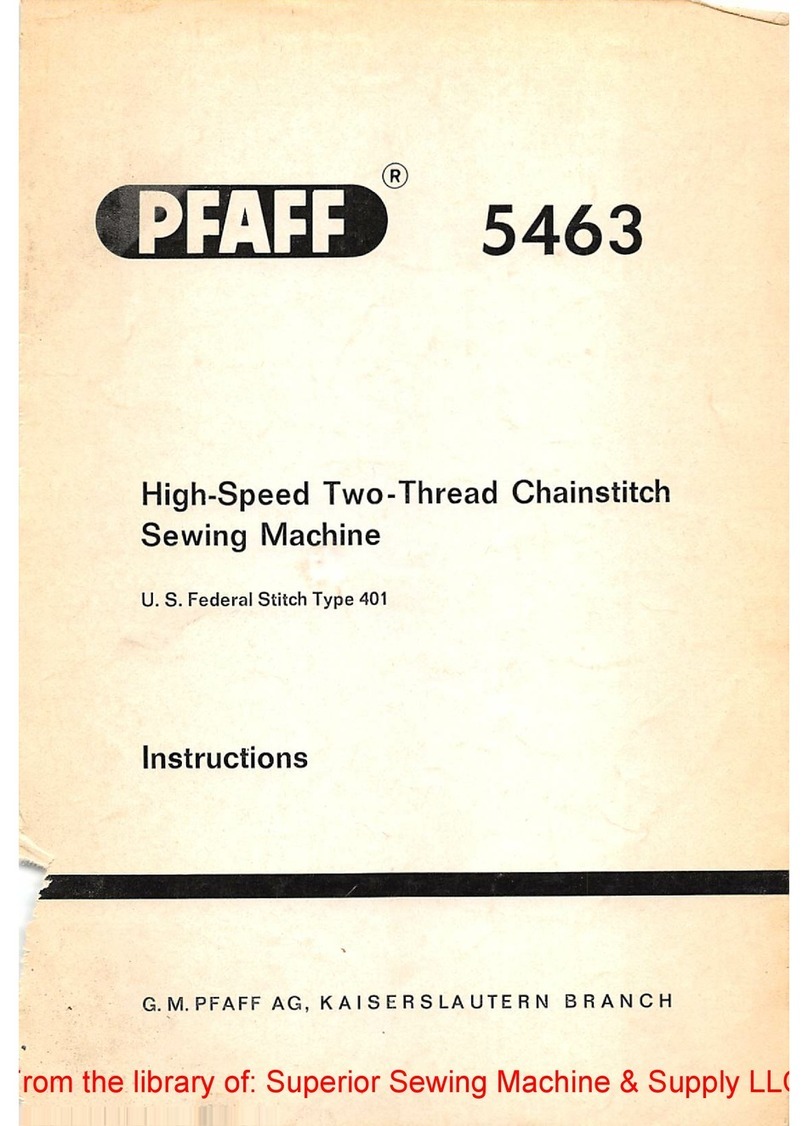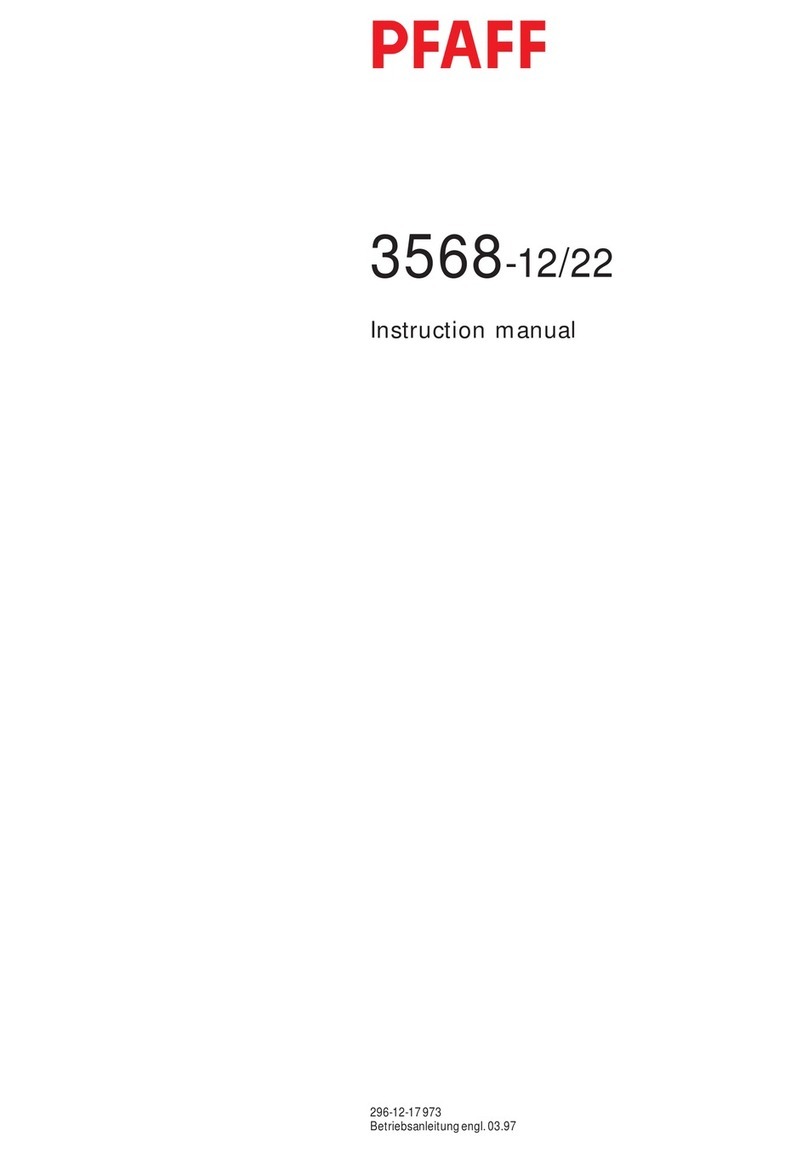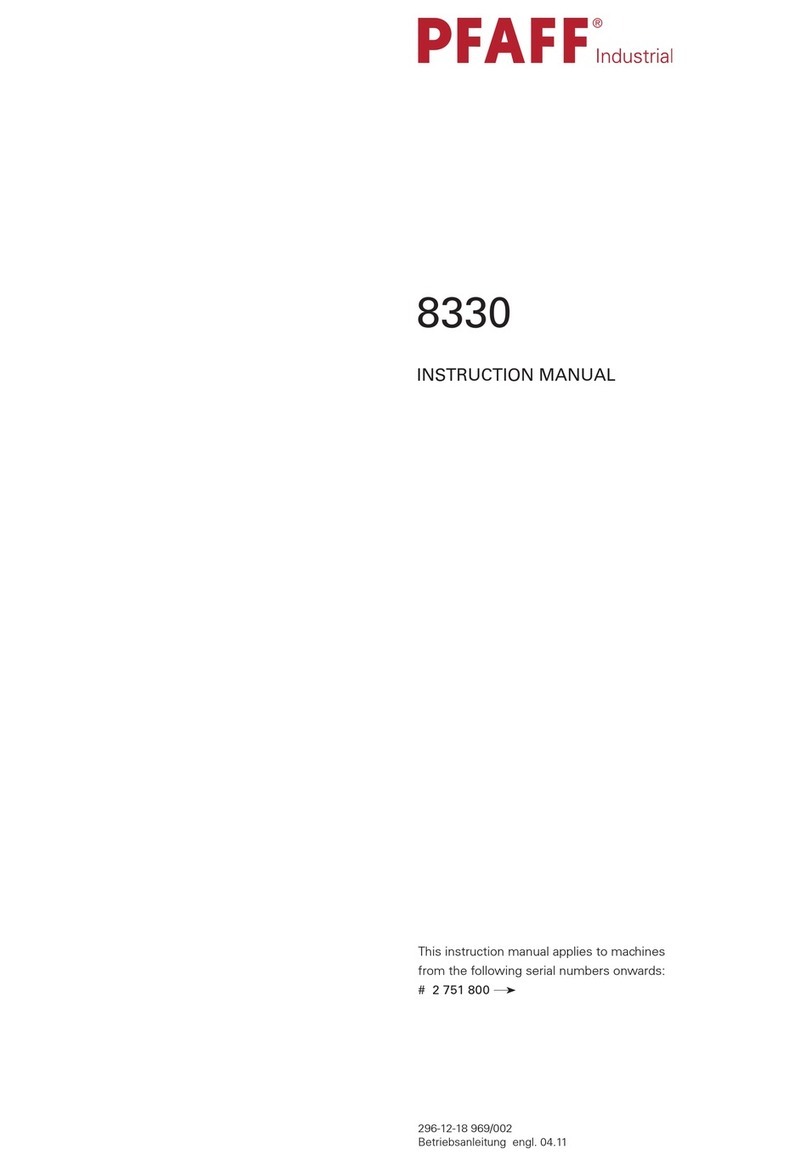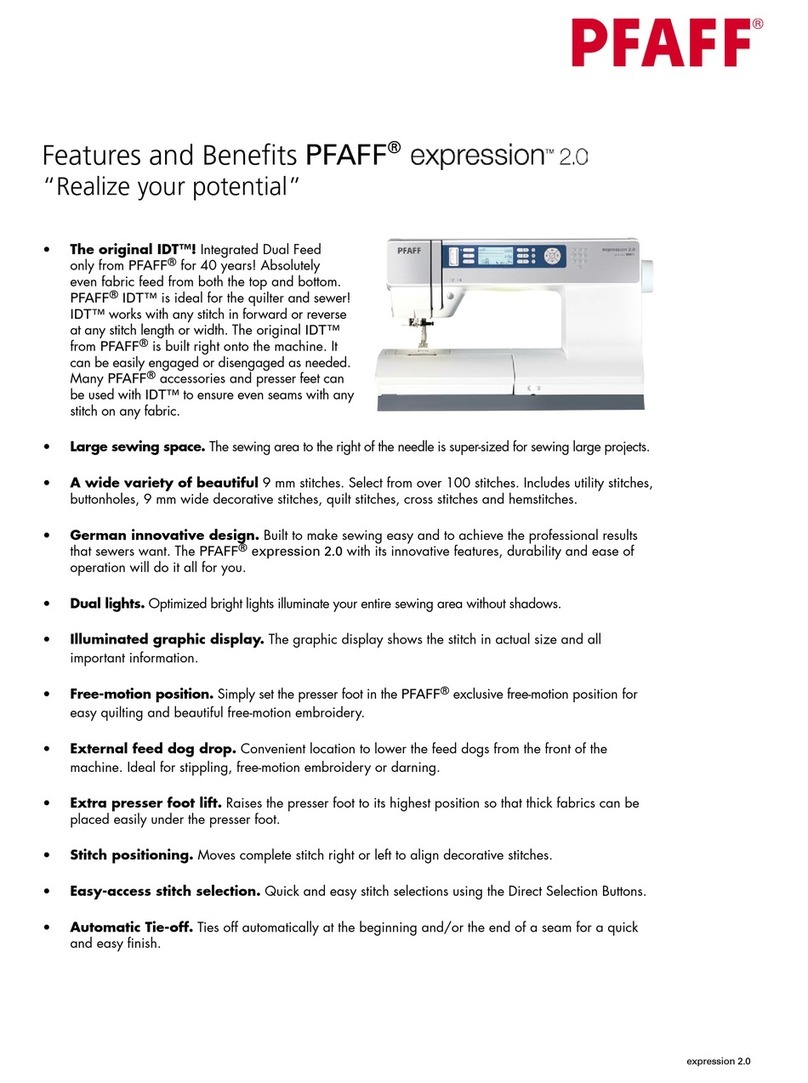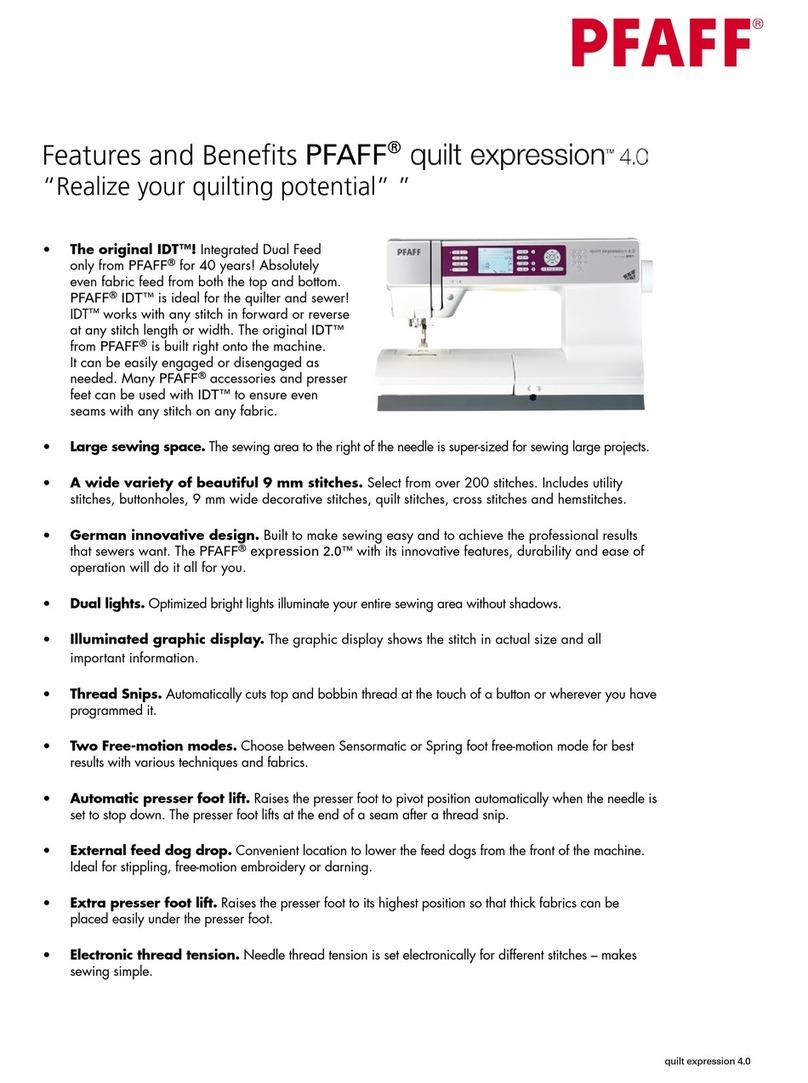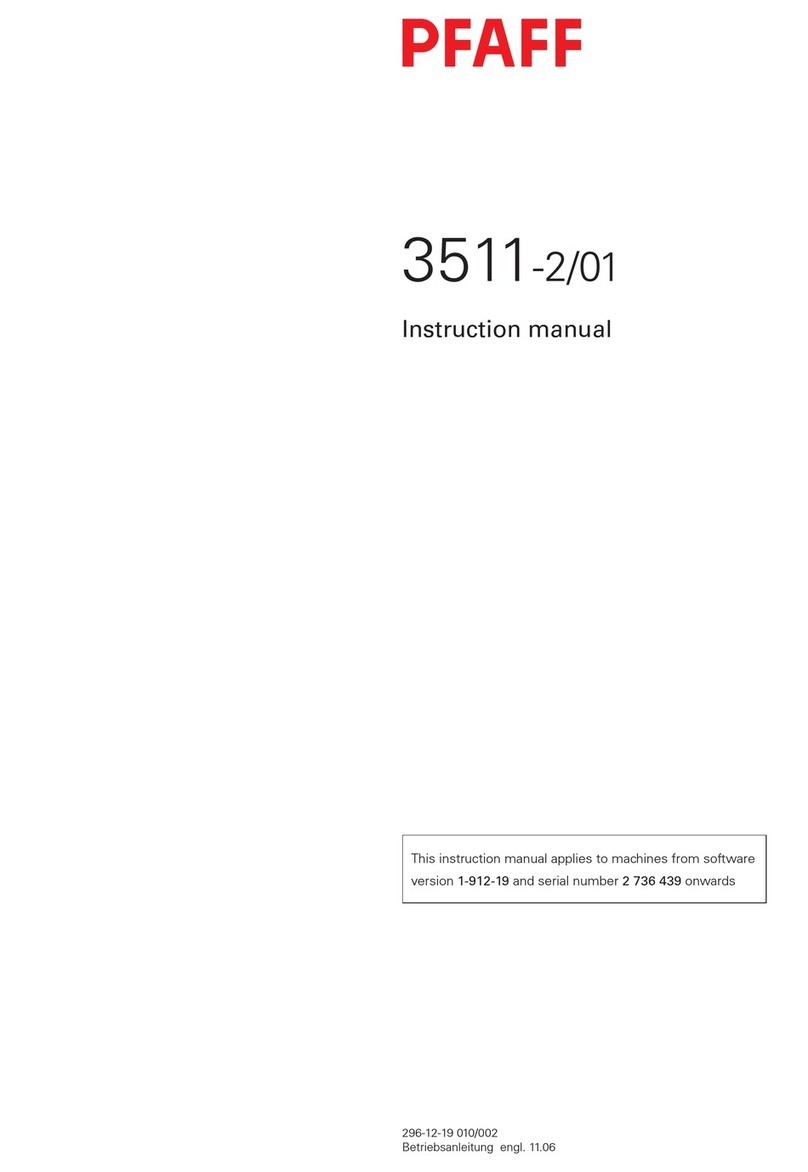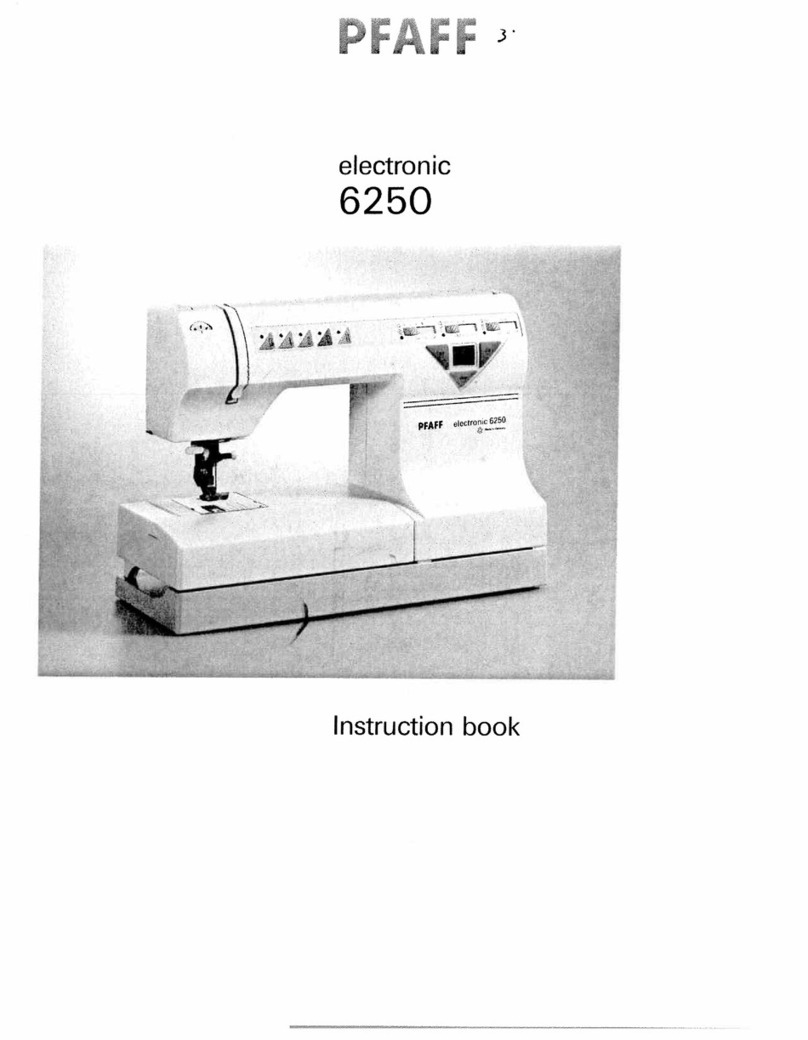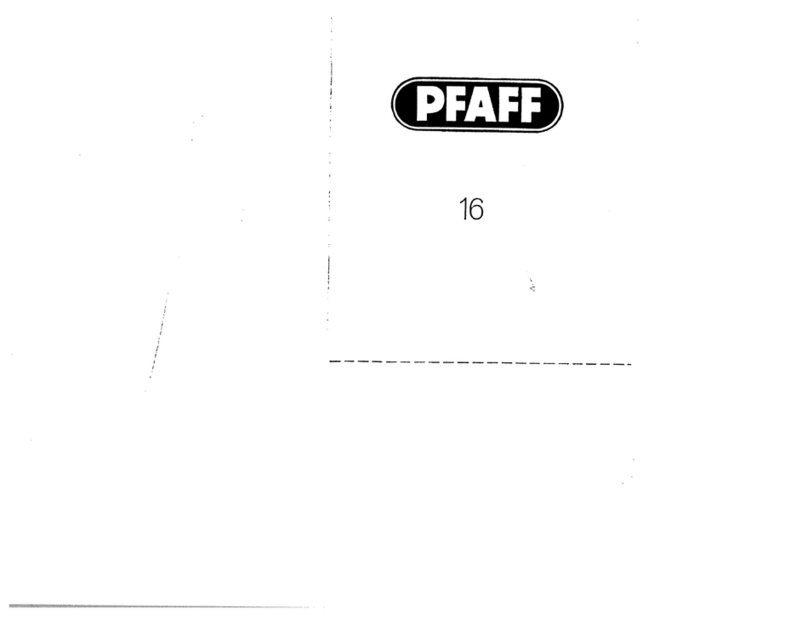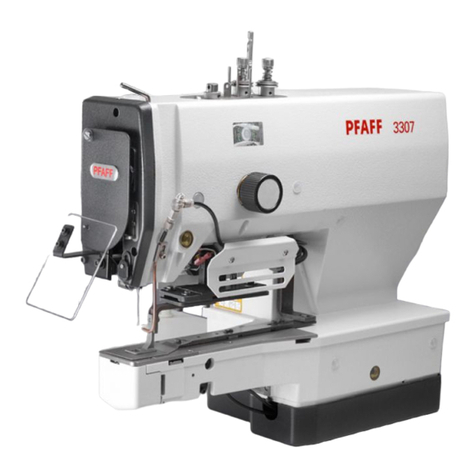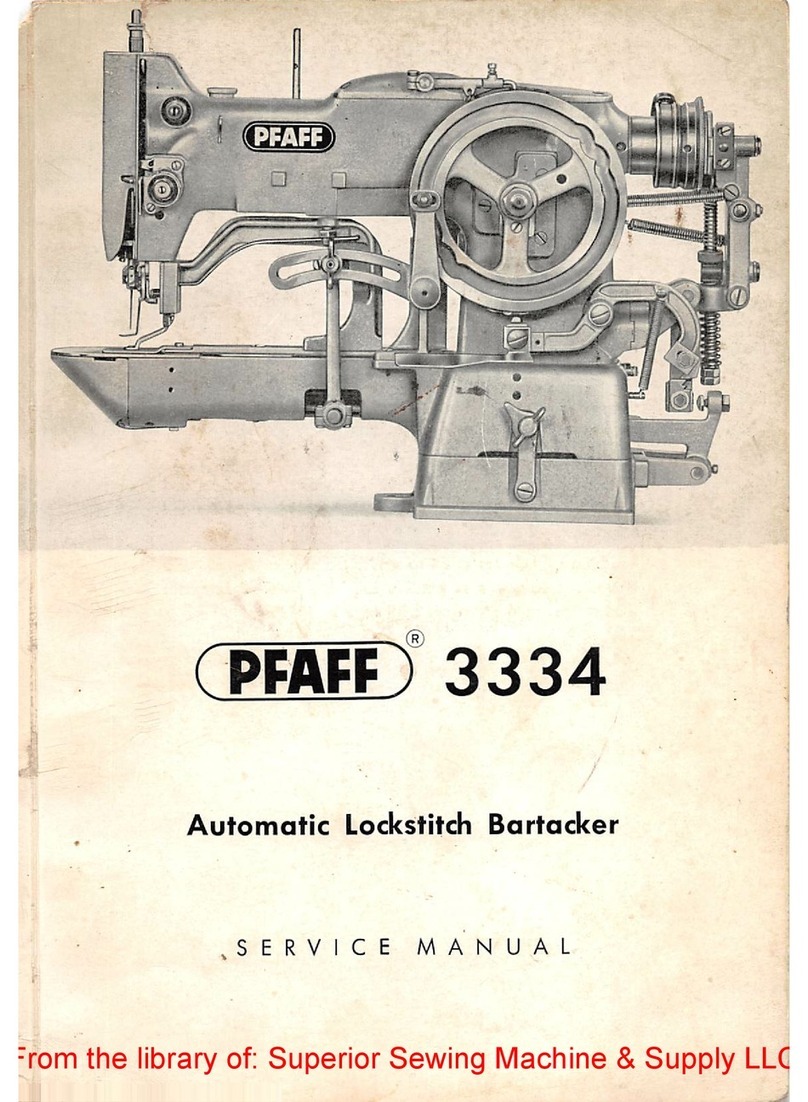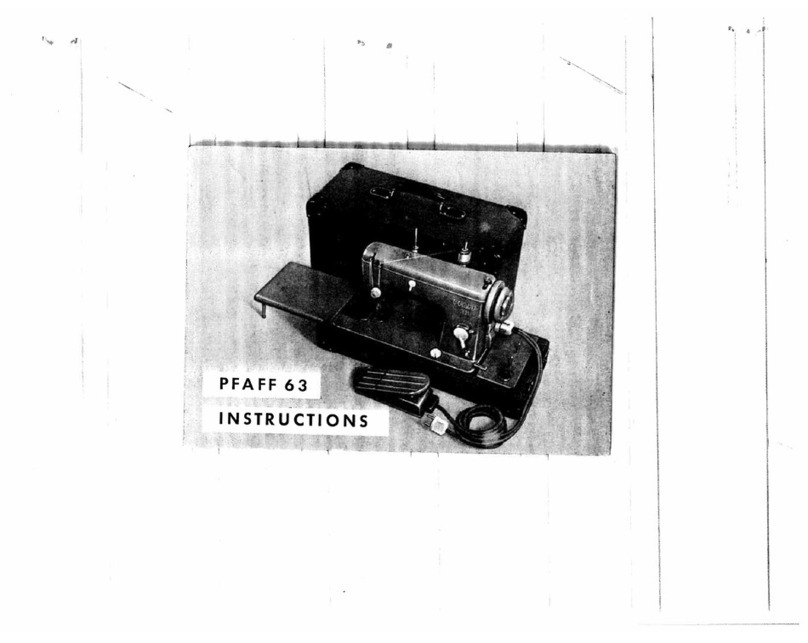Contents
Contents ..................................................................................Chapter - Page
8.02.05 Connecting the safety switch ........................................................................................ 8 - 6
8.02.06 Checking the function of the start inhibitor .................................................................... 8 - 6
8.02.07 Basic position of the machine drive unit ........................................................................ 8 - 7
8.03 Fitting the reel stand ...................................................................................................... 8- 8
8.04 Commissioning ............................................................................................................. 8 - 8
8.05 Switching the machine on/off ........................................................................................ 8 - 8
9Setting up..................................................................................................................... 9- 1
9.01 Inserting the needle ....................................................................................................... 9 -1
9.02 Winding the bobbin thread, adjusting the thread tension ................................................ 9 - 2
9.03 Removing / Inserting the bobbin case ............................................................................ 9 - 3
9.04 Threading the bobbin case / Adjusting the bobbin thread tension ................................... 9 - 3
9.05 Threading the needle thread / Adjusting the needle thread tension ................................. 9 - 4
9.06 Entering the stitch length ............................................................................................... 9 - 5
9.06.01 Entering the standard stitch length ................................................................................ 9 - 5
9.06.02 Entering a second stitch length or amount of fullness .................................................... 9 - 5
9.06.03 Entering the fullness area for the pedal adjustment ....................................................... 9 - 6
9.07 Entering the start and end backtacks ............................................................................. 9 - 7
9.08 Entering/changing the code number ............................................................................... 9 - 8
9.09 Switching on/adjusting the bobbin thread control with reverse stitch count .................. 9 - 10
10 Sewing ........................................................................................................................10- 1
10.01 Manual sewing .............................................................................................................10 -1
10.02 Programmed sewing ....................................................................................................10 - 2
10.03 Altering seam programs ...............................................................................................10 - 3
10.04 Error messages ............................................................................................................10 -4
11 Care and maintenance ...............................................................................................11 - 1
11.01 Cleaning .......................................................................................................................11 - 1
11.02 Oiling the hook ............................................................................................................. 11 - 2
11.03 Checking the oil levels .................................................................................................11 - 2
11.04 Lubricating the bevel gears ...........................................................................................11 - 3
12 Adjustment ..................................................................................................................12 - 1
12.01 Notes on adjustment ....................................................................................................12 - 1
12.02 Werkzeuge, Lehren und sonstige Hilfsmittel ................................................................. 12 - 1
12.03 Abbreviations ................................................................................................................12 - 1
12.04 Adjusting the basic machine .........................................................................................12 - 2
12.04.01 Positioning the needle in the direction of sewing........................................................... 12 - 2
12.04.02 Positioning the needle across the direction of sewing ...................................................12 - 3
12.04.03 Preadjusting the needle height ...................................................................................... 12 - 4
12.04.04 Needle rise, hook-to-needle clearance, needle height and needle guard ........................ 12 - 5
12.04.05 Height and stroke of the bobbin case opener ................................................................12 - 7
12.04.06 Height of the feed wheel ..............................................................................................12 - 8
12.04.07 Clearance between feed band and feed wheel .............................................................12 - 9

